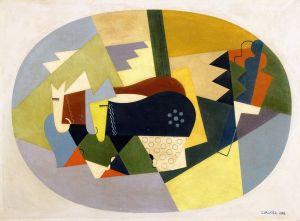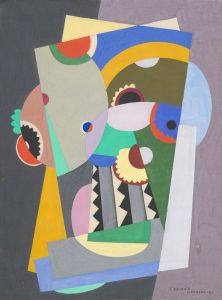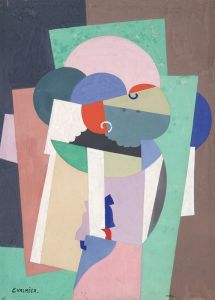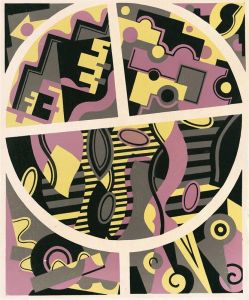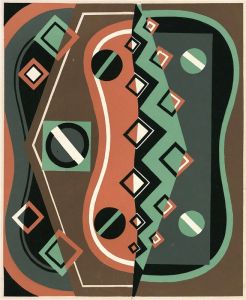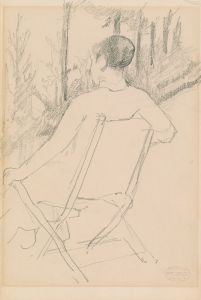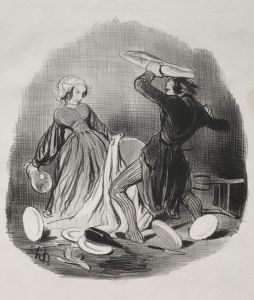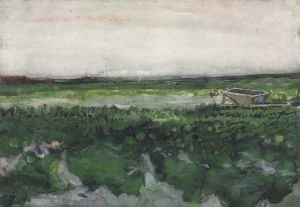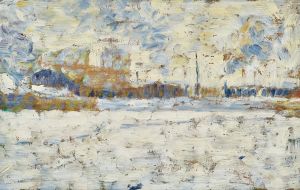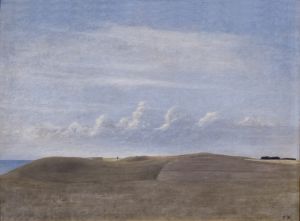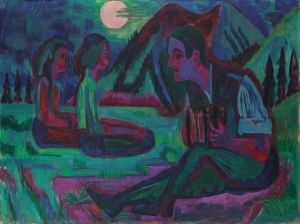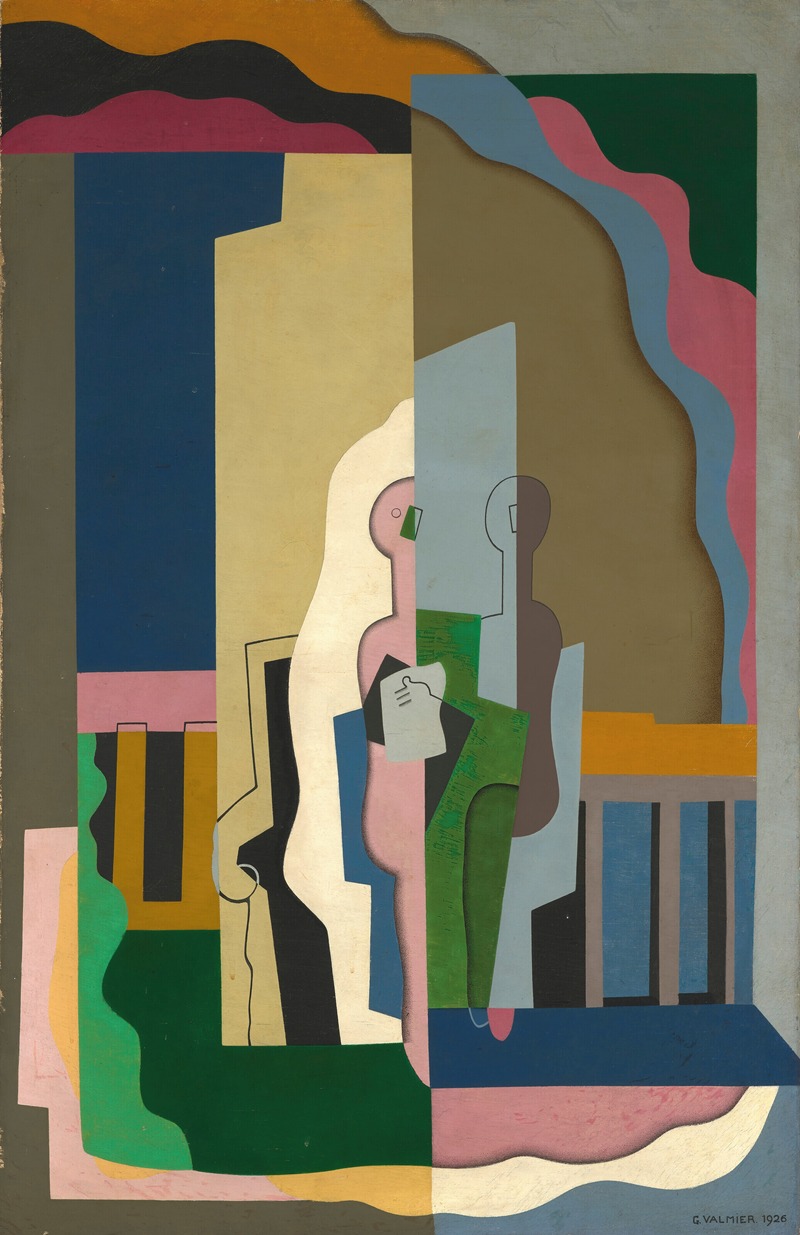
Lavans-lès-Saint-Claude, Jura, Femmes au balcon
A hand-painted replica of Georges Valmier’s masterpiece Lavans-lès-Saint-Claude, Jura, Femmes au balcon, meticulously crafted by professional artists to capture the true essence of the original. Each piece is created with museum-quality canvas and rare mineral pigments, carefully painted by experienced artists with delicate brushstrokes and rich, layered colors to perfectly recreate the texture of the original artwork. Unlike machine-printed reproductions, this hand-painted version brings the painting to life, infused with the artist’s emotions and skill in every stroke. Whether for personal collection or home decoration, it instantly elevates the artistic atmosphere of any space.
Georges Valmier was a notable French painter associated with the Cubist movement, which emerged in the early 20th century. Born on April 11, 1885, in Angoulême, France, Valmier's artistic journey was marked by his innovative approach to color and form, which contributed significantly to the development of abstract art. His work is characterized by vibrant colors and geometric shapes, reflecting the influence of Cubism and later, Orphism.
One of Valmier's notable works is "Femmes au balcon" (Women on the Balcony), which exemplifies his mature style. Although specific details about the painting's creation and current location are not widely documented, it is known that Valmier's work during this period was heavily influenced by his interest in music and theater, which often translated into dynamic compositions and rhythmic patterns in his paintings.
Valmier's artistic career began after he moved to Paris in 1905, where he studied at the École des Beaux-Arts. His early work was influenced by Impressionism, but he soon gravitated towards Cubism, inspired by artists like Pablo Picasso and Georges Braque. By 1911, Valmier had fully embraced the Cubist style, which is evident in his use of fragmented forms and a limited color palette.
"Femmes au balcon" likely reflects Valmier's transition from traditional Cubism to a more personal and colorful abstraction. This transition was part of a broader movement within Cubism, where artists began to explore the emotional and expressive potential of color, leading to the development of Orphism. This style, championed by artists like Robert and Sonia Delaunay, emphasized the use of vibrant colors and abstract forms to convey a sense of movement and harmony.
Valmier's work during the 1920s and 1930s, including "Femmes au balcon," often featured bold colors and complex compositions. He was known for his ability to balance structure and spontaneity, creating works that were both orderly and dynamic. His paintings from this period are characterized by their lyrical quality, reflecting his interest in music and its relationship to visual art.
Throughout his career, Valmier participated in several important exhibitions, including the Salon des Indépendants and the Salon d'Automne in Paris. His work was well-received by critics and collectors, and he became an influential figure in the Parisian avant-garde art scene. Despite his success, Valmier remained relatively modest, focusing on his art rather than seeking fame.
Georges Valmier passed away on March 25, 1937, in Paris, leaving behind a legacy of innovation and creativity. His contributions to Cubism and abstract art continue to be celebrated, and his works are held in various public and private collections worldwide. "Femmes au balcon" remains an important example of his artistic vision, showcasing his mastery of color and form and his ability to convey emotion through abstraction.





